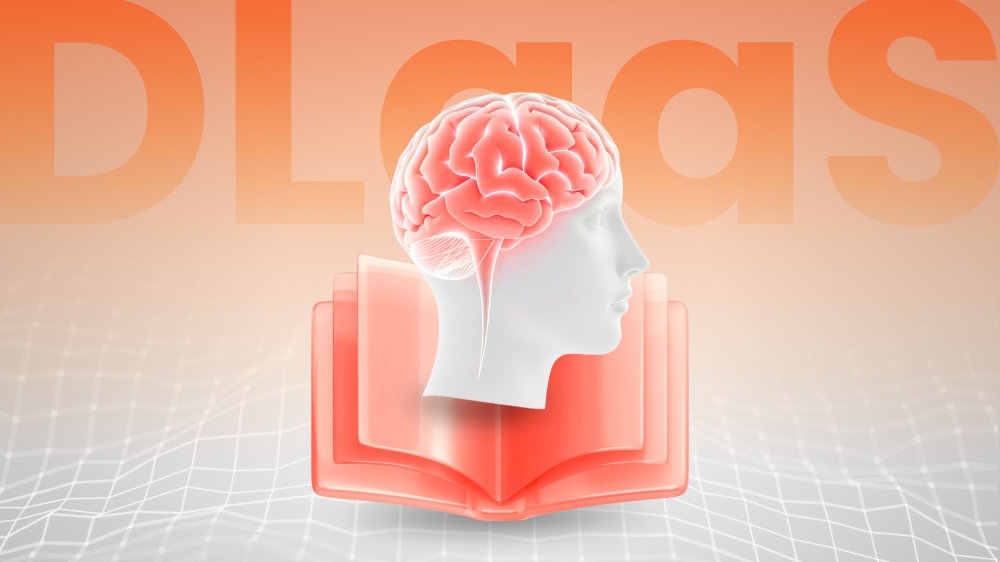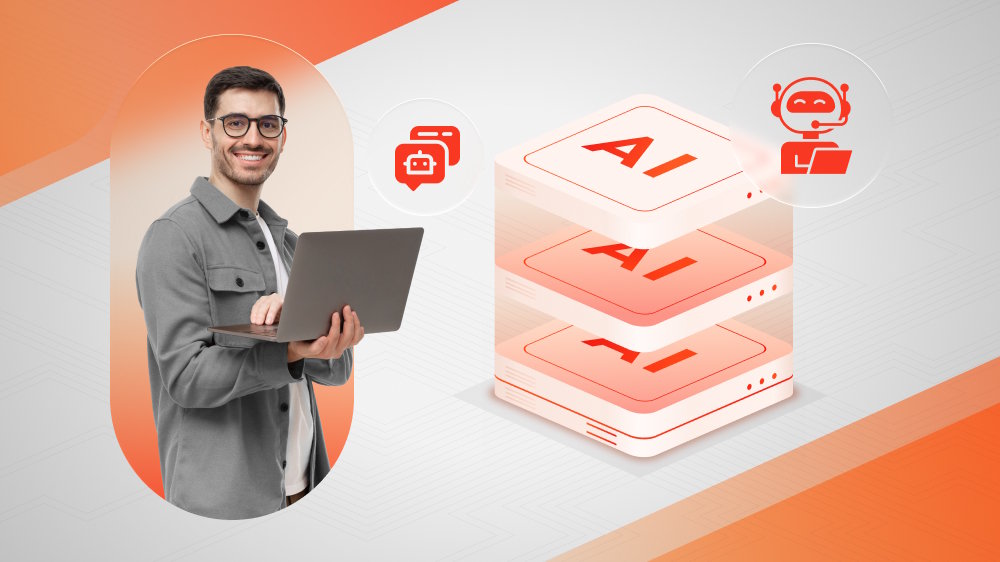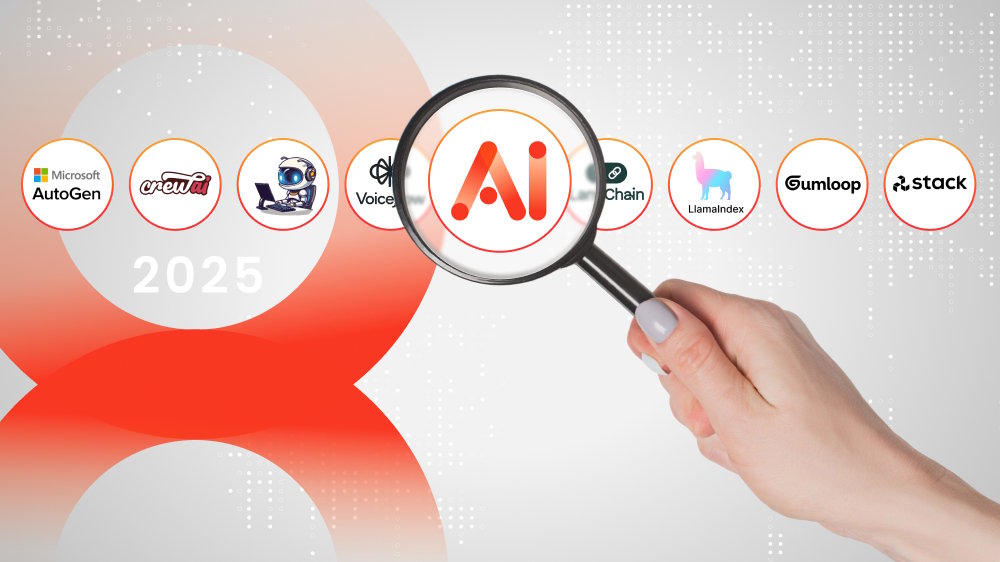
OpenAI’s GPT-5: Why the CEO Billed It as "the Best Model in the World"
Don’t miss out on the new upgrades and features of GPT-5. This article will outline all the core advancements and new features GPT-5 has to offer.
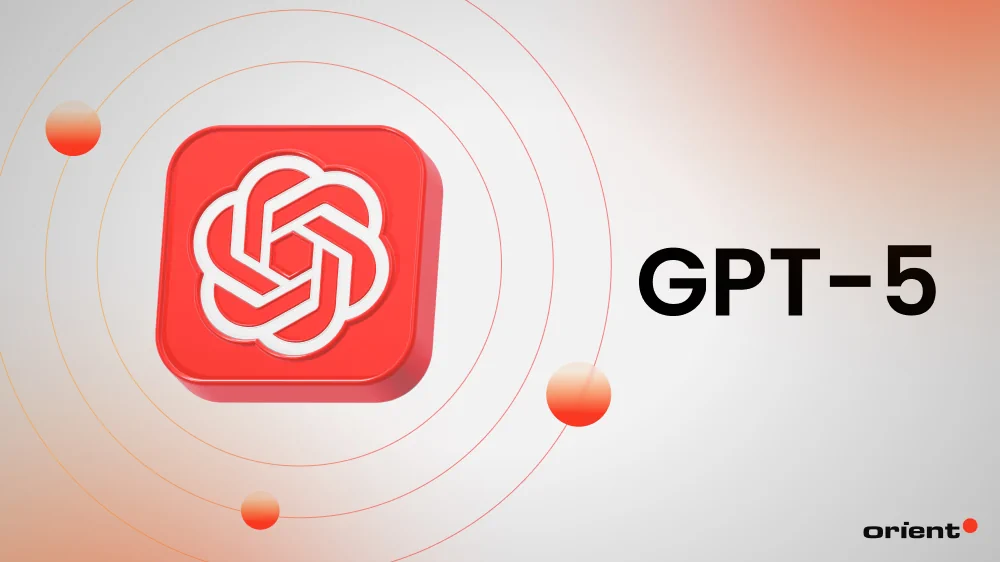
Content Map
More chaptersOn August 7th, 2025, OpenAI released the latest version of its product ChatGPT. It is a new flagship model called GPT-5. Our title is not merely about capturing your attention but to emphasize the sharing from Sam Altman, OpenAI’s CEO. He declared that GPT-5 is “the best model in the world at coding and writing”. His sharing not only reflects his confidence in the new GPT model but also in the advancements it has to offer.
With a strong belief, OpenAI nurtures an ambition to get back to the top of the leaderboards in the world of artificial intelligence. And GPT-5 is just the beginning of the next generation of transformer-based large language models developed by OpenAI.
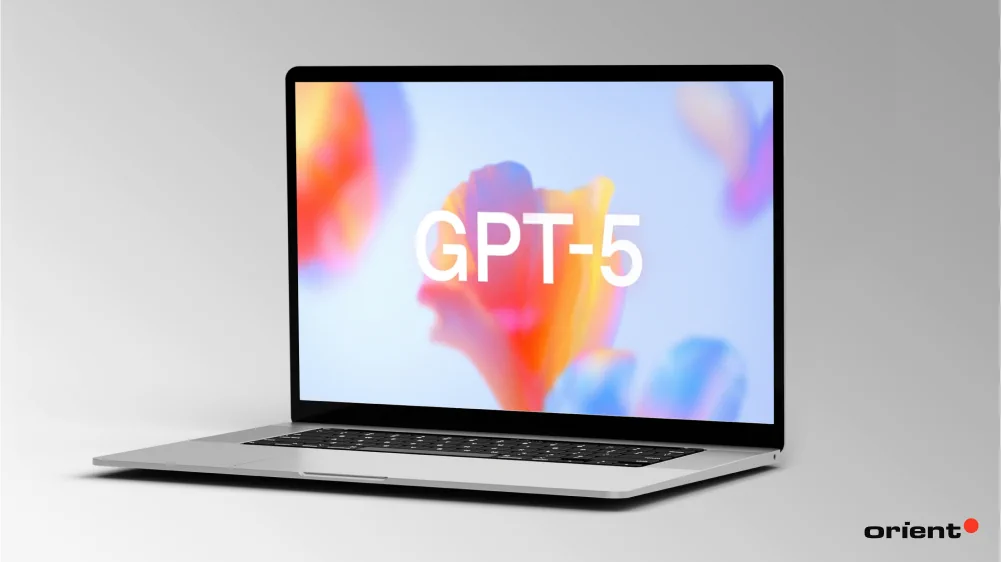
This sounds interesting to most users like us, doesn’t it? Indeed, it does. What do you expect from GPT-5? Will it come with a bunch of new features and upgrades? You will find the answer in this blog post as we will provide users with an overview of GPT-5 as well as delve into some fun facts around it.
Key Takeaways:
GPT-5 is OpenAI’s new flagship model (released August 7th, 2025), replacing GPT-4, GPT-4o, and the o-series as the default in ChatGPT.
- Core Advancements: A dynamic reasoning engine, a dedicated “Thinking” mode for deep problem-solving, multimodal capabilities (text, image, audio, video, code), a massive 256K-token context window, and persistent memory for long-term projects.
- Benchmark performance shows PhD-level reasoning across math, coding, healthcare, and science, with significant improvements in accuracy and reduced hallucinations.
- New Features: Software-on-demand (generate full apps/scripts from plain language), agentic behavior (multi-step autonomous task execution), and personality modes (Cynic, Robot, Listener, Nerd) - though the latter are in limited rollout.
- Access & Limits: GPT-5 is available to all tiers with varying quotas; free users face strict caps and fallback to GPT-5 Mini, Plus/Team users have higher limits, and Pro users get near-unlimited usage.
- Rollout Controversy: Many users criticized GPT-5’s tone, removal of GPT-4o, and stricter usage limits; backlash led OpenAI to restore GPT-4o (for Plus/Team only) and double usage limits.
- Business Impact: GPT-5’s enhanced reasoning, multimodal fluency, and automation potential make it a powerful tool for enterprises, especially when integrated into workflows and customer-facing applications.
Here’s What You Need to Know about This New Model
What is GPT-5? GPT-5 is not simply one of the large language models by OpenAI. It is defined as a generation model built to be capable, nuanced, and reliable compared to other AI models from the series. Smarter, faster, and more accurate responses are what OpenAI promised to deliver in this version. GPT-5 is now officially the default model in ChatGPT, replacing GPT‑4, GPT‑4o, GPT‑4.1, GPT‑4.5, and the o-series.
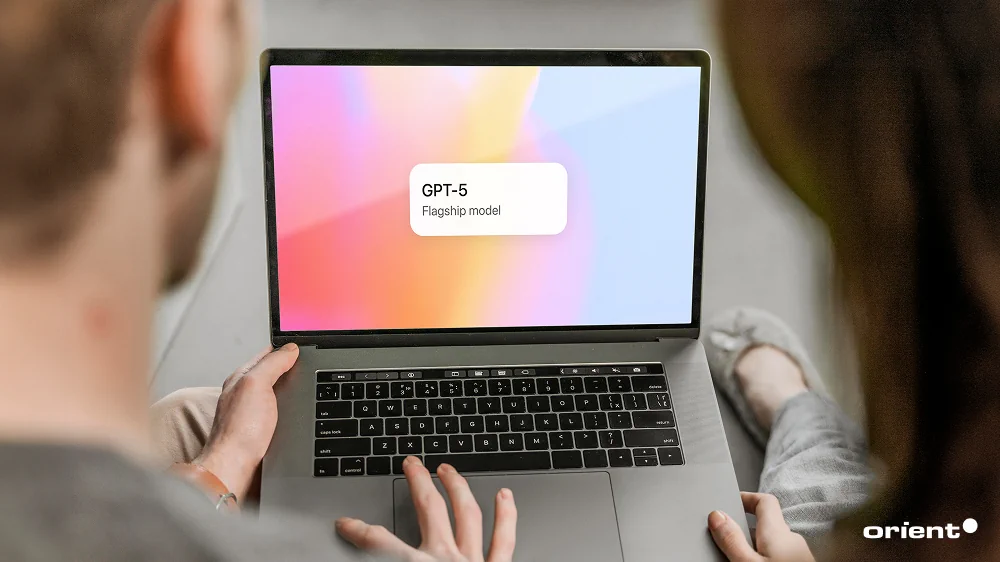
Core Advancements of GPT-5
Let’s break down everything that’s new in GPT-5.
Dynamic Reasoning Engine
GPT-5 introduces a dynamic router that can decide whether a prompt or question can be answered quickly or requires multi-step reasoning. GPT-5 can automatically switch between different models to speed and depth of reasoning. This smart adaptability reduces wasted computation for simple queries while delivering high-quality logic for complex ones.
Expanded Reasoning Capabilities
GPT-5 comes with a specialized deep-reasoning model, known as Thinking mode, which operates independently from the main model. GPT-5 Thinking is slower but more methodical; it often explains the process in detail and avoids shortcuts that may lead to irrelevant or incorrect answers.
Beyond searching or storing facts, GPT-5 Thinking can weigh different perspectives, break down complex issues, and analyze intricate problems, thereby presenting well-structured solutions. The increased intelligence and advanced reasoning make GPT-5 models more capable in domains such as law, science, engineering, and policy planning.
Multimodal Intelligence
GPT-5 inherits the strength of its predecessors, such as GPT-4o and GPT-4. It is designed to be natively multimodal, offering the ability to understand, process, and generate information across multiple forms of media - text, images, code, audio, and structured data - within one single, seamless interaction.
This means GPT-5 can move fluidly between different formats, integrating them in real time to provide richer, more context-aware responses. Whether it’s analyzing a chart and generating a written report, turning a photograph into a design concept with accompanying code, or combining audio input with visual data for comprehensive insights, GPT-5 transforms multimodal interaction into a natural, unified experience.
Massive Context Window
One of GPT-5’s standout advancements must be its unprecedented context length - the amount of information one model considers at once when generating a response. Earlier OpenAI models might lose track of details after a few thousand words, but GPT-5 can now process and retain far larger spans of text, images, and other inputs within the same conversation.
With an expanded capacity of 256,000 tokens in standard settings (equivalent to hundreds of pages of text), GPT-5 can handle extensive documents, large datasets, and complex, multi-step projects while maintaining a grasp of earlier information. It follows intricate narratives, keeps track of technical discussions, and integrates different types of content into a coherent whole.
Plus, GPT-5 narrows the gap between temporary context and long-term memory. Instead of wiping conversation history at the end of each session, its memory-aware processing in persistent workspaces enables you to pick up what you left off. It recalls prior interactions, reference previous work, and maintain continuity over days, weeks, or even months. That explains why GPT-5 can deliver more contextually consistent responses.
This combination of scale and continuity makes GPT-5 the right model for long-term projects, detailed legal reviews, advanced research, and large-scale technical analysis where precision and context are essential.
Enhanced Safety & Alignment
This new version of ChatGPT has marked a shift from hard content filtering to context-aware judgement and adaptive, safe assistance. GPT-5 introduces Safe Completions, making interactions with an AI tool more natural and less frustrating. Moreover, it reduces hallucinations, which are common issues where other models generate inaccurate or out-of-context responses.
In other words, GPT-5 will not simply block unsafe content or end up with answers like “I can’t answer that.” Instead, it will comprehend the intent and context of each request and respond in a useful way while respecting safety boundaries. OpenAI’s 5,000+ hours of “red-teaming” (stress-testing with adversarial inputs) have helped train GPT-5 to identify and respond appropriately to harmful, misleading, or risky prompts.
Domain-Specific Strengths
When GPT-5 was unveiled, OpenAI published official benchmarks that showcase the PhD-level reasoning and depth across a wide array of topics:
- Math & Logic – 94.6% on AIME (without tools): The American Invitational Mathematics Examination (AIME) is a rigorous competition designed for high-school-to-college-level problem solving. GPT-5’s score shows it can tackle complex symbolic reasoning and multi-step calculations entirely without calculators or external solvers.
- Programming – 74.9% on SWE-bench Verified: This benchmark evaluates software engineering skills, especially debugging real-world codebases. GPT-5’s result means it can reliably detect bugs and produce correct patches in a majority of tested scenarios, making it a strong coding partner.
- Healthcare Reasoning – 46.2% on HealthBench Hard: This is one of the most challenging medical reasoning datasets, requiring accurate interpretation of clinical information. While not a substitute for a licensed professional, GPT-5 can structure medically relevant information with high accuracy, making it useful for research and education.
- General Science & Knowledge – 88.4% on GPQA (Pro, no tools): GPQA contains graduate-level science questions. Scoring this high without tool assistance indicates GPT-5 can synthesize and apply advanced concepts across multiple scientific disciplines.
Software-on-Demand & Agentic Behavior
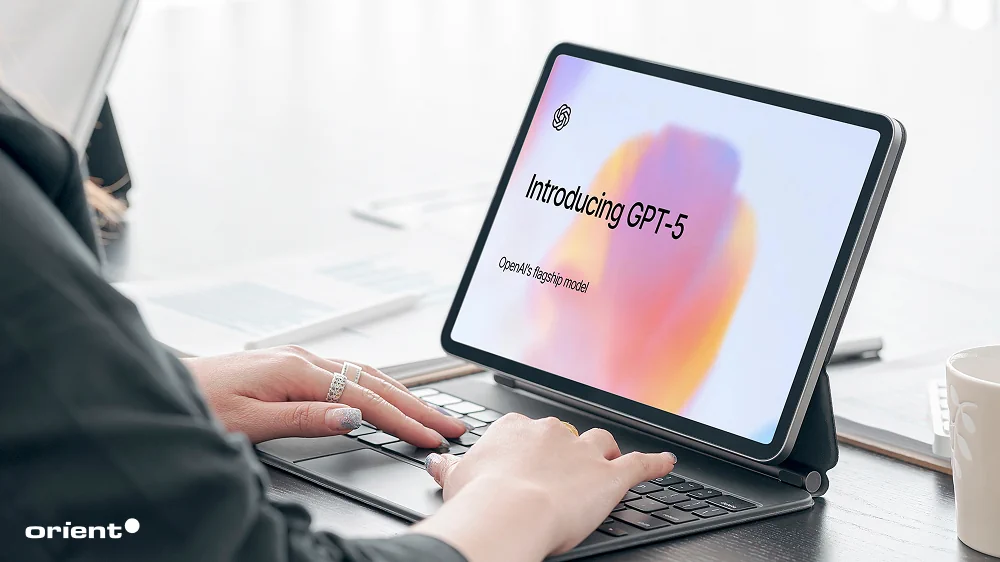
Do you know that GPT-5 can now lower the barrier to software creation? It goes beyond explaining how to build software. It actually can generate complete applications, websites, or scripts directly from plain-language prompts. This is what OpenAI defines as Software-on-Demand. Users can describe their desired functionality, and GPT-5 can produce ready-to-run solutions based on the instructions. More than what we can imagine, GPT-5 could generate the complete codebase, from frontend and backend to database setup, without you touching a single line of code manually. For example, create a mobile-friendly task manager with a dark mode, user login, and a calendar view.
Furthermore, GPT-5 can act like an autonomous agent that can handle not only coding but also planning and executing multi-step tasks across tools and systems. The model can write and run code, call APIs, and trigger workflows across connected tools, effectively acting as an active collaborator rather than a passive assistant.
When these two capabilities work in tandem, GPT-5 indeed becomes a formidable tool in software design and development - all wrapped into one single conversation.
Personalization & Interaction Style
This is one of the features that most people are talking about on AI and tech forums like Reddit, Hacker News, and OpenAI’s own community boards.
In the official launch of GPT-5 on August 7th, 2025, OpenAI presented four distinct personality modes that allow users to preset the communication styles and optimize the AI to adapt its tone, pacing, and vocabulary to match user preferences.
- Cynic: Witty, sarcastic, with a playful edge; good for banter or lighthearted commentary.
- Robot: Straightforward, emotionally neutral, and highly precise; ideal for formal or technical requests.
- Listener: Warm, empathetic, and conversational; useful for coaching, support, or active listening scenarios.
- Nerd: Enthusiastic, detail-rich, and fact-heavy; perfect for deep dives into technical or niche topics.
Combined with verbosity controls, you can set whether responses are short and concise or long and detailed, both in the ChatGPT interface and via the API. This makes GPT-5 far more adaptable, able to function as anything from a witty conversationalist to a precise technical consultant. Unfortunately, ChatGPT users will have to wait before they can access the built-in toggle for switching styles. This interesting feature is not yet universally available to users. This is a part of OpenAI’s gradual release. So, we’ll figure this out when the feature is officially rolled out.
Who Has Access to GPT-5?
OpenAI has made GPT-5 available immediately to all ChatGPT users (both free and paid tiers) - but with different limits for each subscription level.
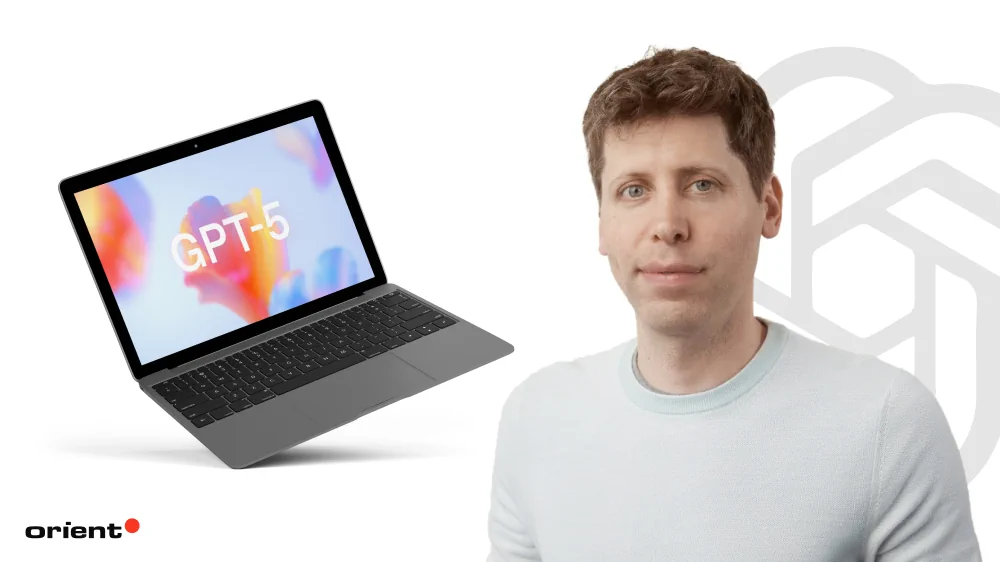
Basic (Free) Users
- Standard GPT-5 Model & GPT-5 Mini: You can access GPT-5 with a strict usage limit (Maximum 10 messages per 5 hours). Once you reach that, the system automatically switches to GPT-5 Mini - a lighter, faster, and more cost-efficient variant - until your quota resets. This mini version is still based on the GPT-5 architecture; however, the primary difference between them only becomes clear when you force the model to handle intricate and prolonged tasks such as long-form analysis, complex problem-solving, and high-context creative work.
- GPT‑5 Thinking: You are limited to only one message per day for the deeper reasoning mode.
Plus/Team Subscribers (~US $20/month)
- Standard GPT‑5: If you are on Plus or Team tier, you get higher GPT-5 usage quotas. Initially allowed 80 messages per 3 hours. This limit has been temporarily increased to 160 messages per 3 hours. Also, you can access the model picker feature that allows you to manually switch between GPT-5 or GPT-5-Thinking.
- GPT‑5 Thinking: Up to 200 messages per week. Notably, ChatGPT-5 has an automatic real-time router. If you are using regular GPT-5 but your query looks like it would benefit from deeper reasoning, the service would internally escalate and silently switch to GPT-5 Thinking without telling you or counting toward your weekly manual limit.
Pro Subscribers (~US $200/month)
In the Pro plan, user-facing GPT-5 usage counters are removed, and you gain unlimited access to:
- Standard GPT‑5
- GPT‑5 Pro
- GPT‑5 Thinking
“Unlimited” means no public hard cap like 200 messages/week, but there is a soft limit instead. For casual or moderate use, unlimited truly feels like unlimited as long as you don’t hit the usage wall. When users push the reasoning model to its limit with extremely high-volume, high-compute queries (E.g., hundreds or thousands of requests within an hour), then the system may temporarily slow down your requests or block them in order to maintain the stable performance for other users. Don’t forget that any use that violates OpenAI’s terms will be addressed or terminated, regardless of plan.
What Does GPT 5.0 Mean to Developers?
As aforementioned, OpenAI has a great ambition when the CEO claimed that it would be the strongest coding model. With an explicit focus on real-world programming needs, GPT-5 represents a highly capable coding collaborator. Its higher coding benchmark scores, particularly the 74.9% on SWE-bench Verified, demonstrate a tangible leap in reliability for real-world software engineering tasks.
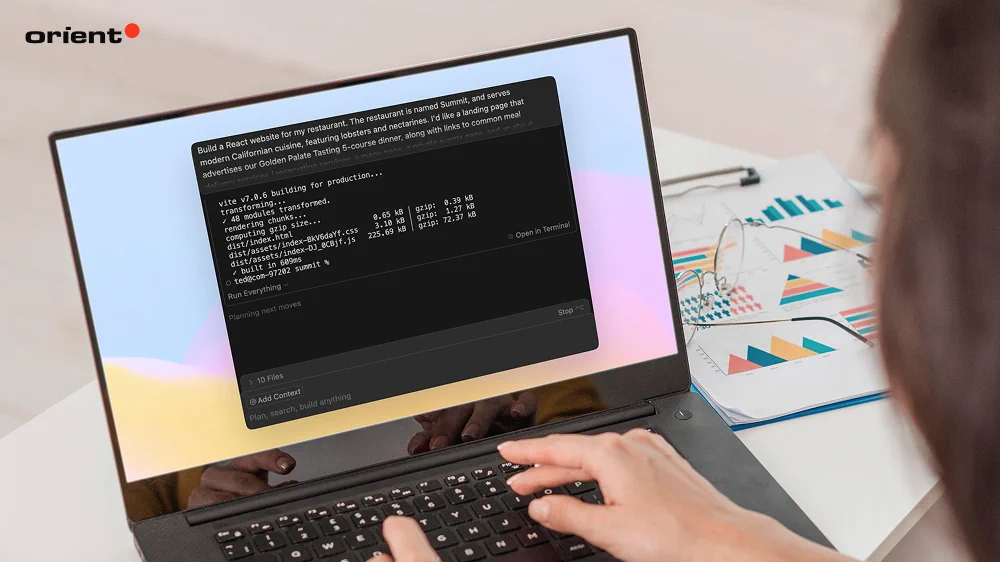
The combination of deeper reasoning, larger context capacity, and agentic workflows means developers now can set broader goals and let GPT-5 fill in technical details. They can confidently delegate not only code writing but also debugging, refactoring, and architecture suggestions without constant manual orchestration. Additionally, developers don’t need to rely on prompt engineering to shape model’s behavior. OpenAI added key parameters to GPT-5’s API, which allows developers to fine-tune how the model behaves to each request and control responses.
- Verbosity: Controlling the length and level of detail in the model’s responses.
- Low: Short, concise, and to the point.
- Medium: Balanced detail.
- High: Long, comprehensive explanations.
- reasoning_effort: Deciding how much deep thinking the model applies before producing an answer.
- If you set it to a minimum, GPT-5 will try to answer quickly without using deep, multi-step reasoning. This is helpful for simple lookups, short responses, or time-sensitive tasks where speed matters more than depth.
- If you set it to higher values (like medium or high), the model will take its time to work through the problem, weighing different possibilities, and constructing a well-reasoned answer. This is better for complex problem-solving, strategic planning, or scenarios where accuracy and depth are critical.
- Custom Tools & Grammar Constraints: In GPT-5’s API, custom tools are functions or services the model can call during a response. Unlike earlier AI models that relied on rigid JSON formatting, GPT-5 supports plain-text tool calls. This makes integration easier for systems without complex data needs. With context-free grammars, developers can enforce strict output rules, ensuring predictable, valid commands, which are critical for production environments where malformed inputs can cause failures or security risks.
In short, GPT-5 is created to be a robust partner in software development. For modern developers, it offers a valuable addition to the software engineering toolkit, standing alongside established tools like Cursor, Windsurf, GitHub Copilot, and Codex CLI.
Will GPT-5 Be the Next Favorite Model? Or GPT-4o Remains a Trusted AI Companion?
“This is the best model in the world at writing, the best model in the world at health care, and a long list of things beyond that.” The eloquent announcement by OpenAI’s CEO has fascinated all ChatGPT users, especially writers and developers.
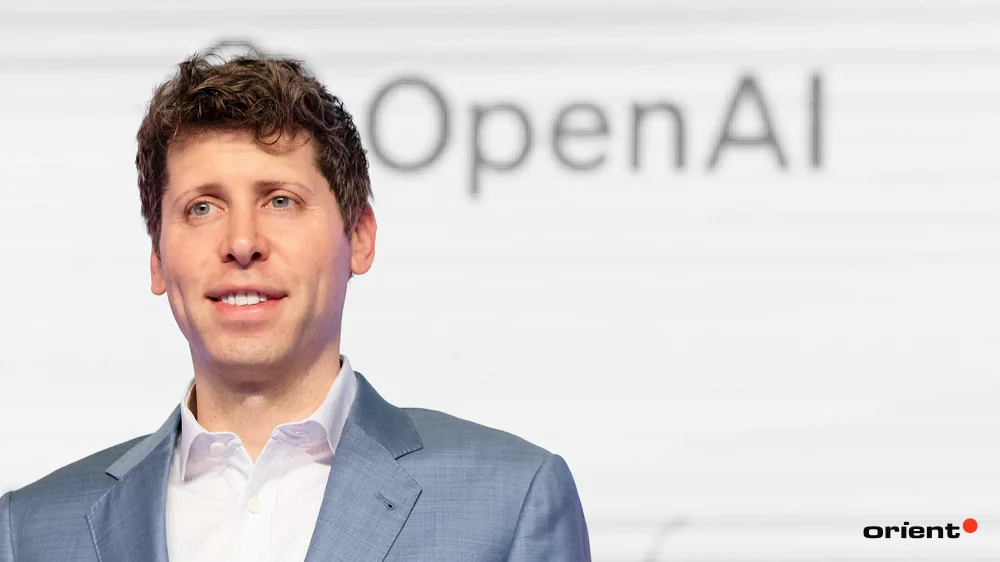
GPT-5 is undeniably a significant leap forward in capability, adaptability, and integration. Yet, its debut has not been without user backlash. Shortly after its launch, “nearly 5,000 GPT-5 users flock to Reddit in backlash.” Many reported that the new model feels like a downgrade. They criticized the abrupt removal of GPT-4o as a selectable option, describing GPT-5’s tone as less personable, more “corporate,” and less creative than its predecessor. Early hiccups with the dynamic router caused inconsistencies in reasoning quality, and environmental advocates raised concerns over its potential energy footprint. These issues have left a portion of the user base preferring GPT-4o, which remains fast, reliable, and familiar for everyday tasks.
Adding to the frustration, the newly imposed usage limits hit the users hard, especially the ChatGPT Plus subscribers. In particular, the GPT-5 Thinking model was capped at 200 messages per week, and simpler user-level caps like 80 messages every three hours were also introduced. These tighter restrictions prompted widespread criticism for interrupting workflows and devaluing subscriptions.
Afterward, the “angry mob” of users flooded from Reddit to X (formerly Twitter) and OpenAI’s community forums. The tension was serious enough to force OpenAI to take immediate action to calm some tempers. After that, Sam Altman posted on X to inform that GPT-4o was brought back as a selectable legacy model, hopefully pacifying the frustrated users. OpenAI also doubled the usage limits for Plus and Team users. And the situation did cool down; still, it was not a complete return to normal as GPT-4o was restored for only Plus subscribers and certain Team/Enterprise accounts instead of everyone. It means free users will have to pay to access GPT-4o directly, and GPT-5 remains the default.
In the end, the rollout of GPT-5 left a lingering divide. Power users are embracing the new model armed with deep reasoning, automation, and advanced integration. Meanwhile, there is still a minority that continues to voice their disappointment about GPT-4o’s reinstatement was “too little, too late” and that OpenAI should have handled the rollout differently. For now, GPT-5 and GPT-4o coexist uneasily, each with its own loyal following, and the title of “favorite model” remains very much contested.
Final Thoughts
Artificial intelligence is one of the hottest stuff of today’s digital landscape, and the race to create the most advanced AI chatbots shows no sign of slowing down. One thing is certain: We will be waiting for more significant strides in the ongoing evolution of AI. GPT-5 stands as an ambitious milestone that marks the shift of an AI tool from a static assistant to a dynamic collaborator that feels tailored to your communication style and needs. Even when setting aside the backlash surrounding its rollout, GPT-5 demonstrates how far AI has come and hints at how transformative the next generation of conversational models could be.
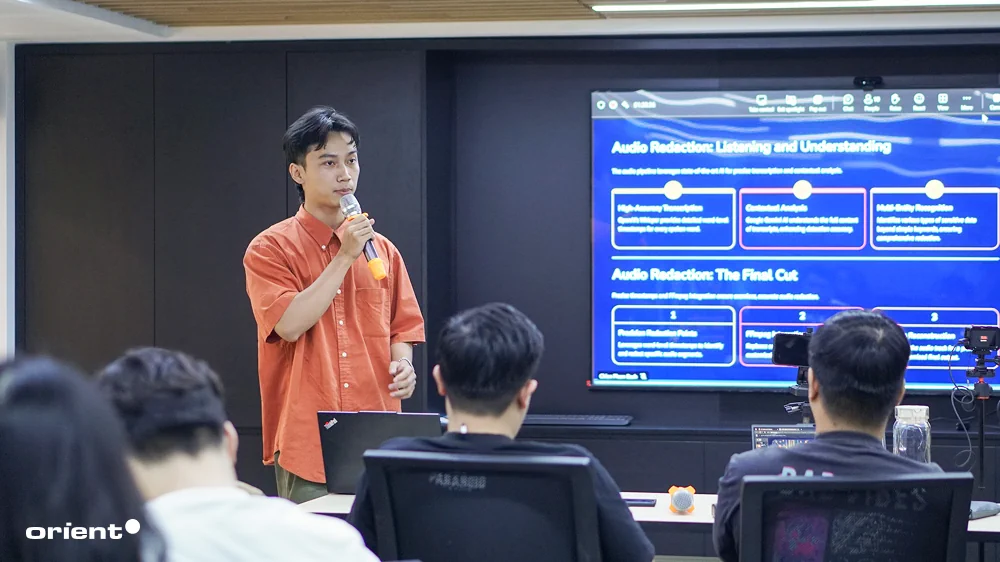
At Orient Software, we help businesses translate these AI breakthroughs into real-world value, whether it’s building intelligent chatbots, integrating AI-powered reasoning into workflows, or creating tailored solutions. As models like GPT-5 push the boundaries of what’s possible, our expertise ensures you can leverage these advancements securely, efficiently, and in a manner that aligns perfectly with your unique business requirements. Ready to bring the power of next-generation AI into your business? Contact us today to discuss how we can help you design and deploy AI solutions that put innovation at the heart of your business growth.

